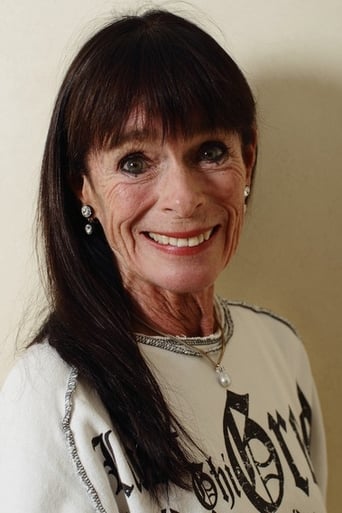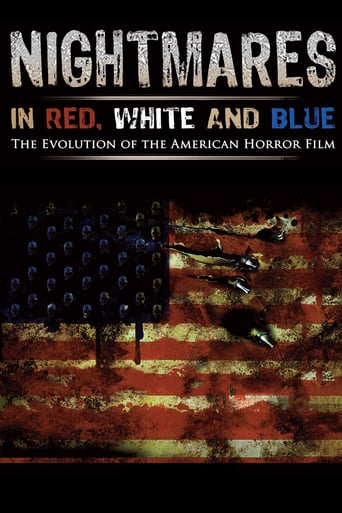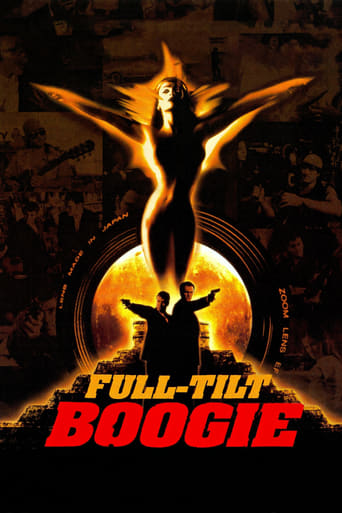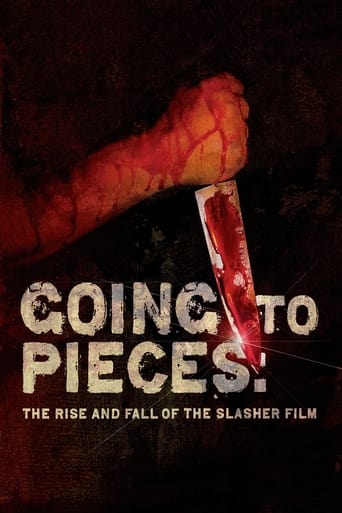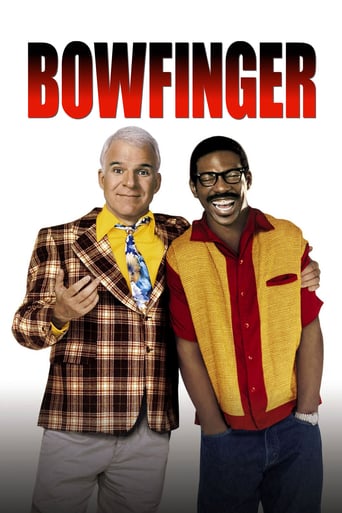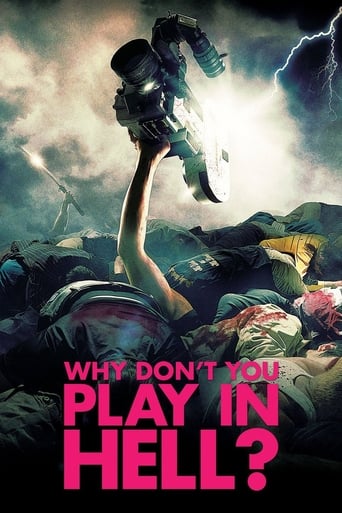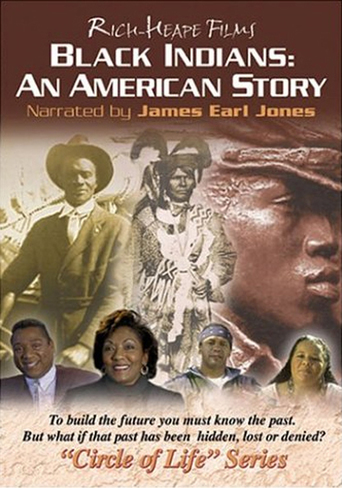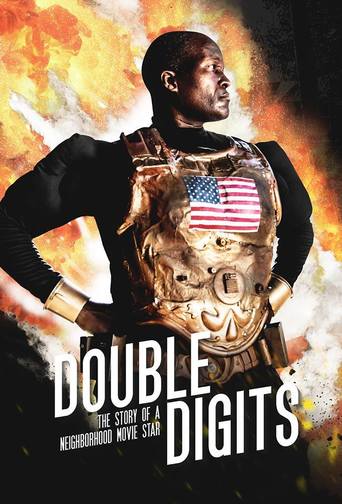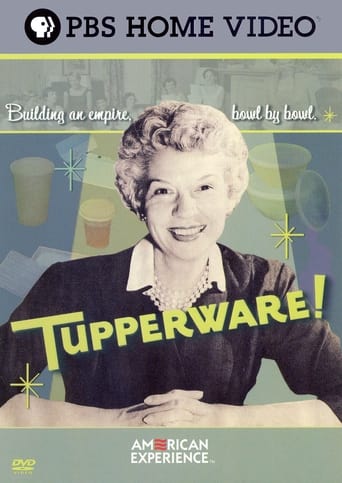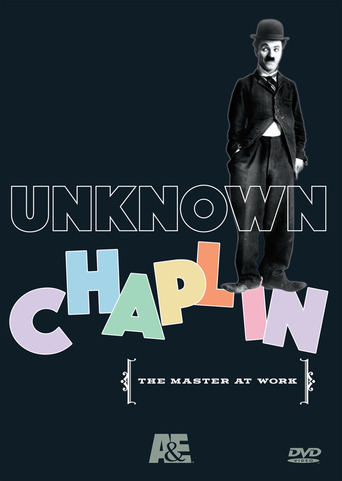
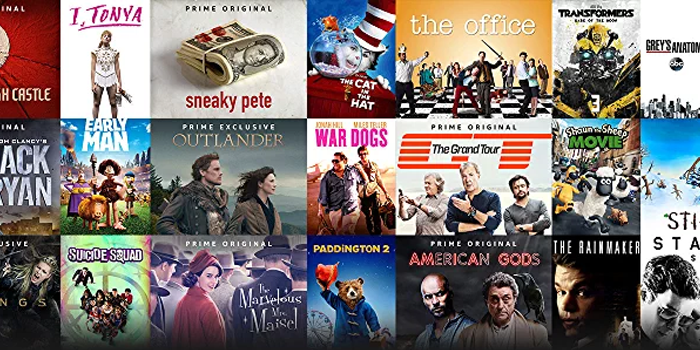
Unknown Chaplin (1983)
A documentary series examining the film making methods and techniques of Charles Chaplin. Featuring previously unseen footage from Chaplin's private film archive.
Watch Trailer
Cast


Similar titles
Reviews
Unknown Chaplin is a three part television series produced from outtakes and film clips edited from most of Charles Chaplin's well-known films. The first part focuses primarily on the Mutual period when Chaplin made twelve films in sixteen months. The film covers how Chaplin formed his own stock company to make films with much in the way John Ford would do a couple decades later. The film focuses on The Floorwalker, The Count, The Cure, and The Immigrant, while including clips of The Pawnbroker and The Adventurer. The film indicates how Chaplin rehearsed on film by viewing daily rushes and re-shooting scenes multiple times, how some gags worked by exploiting the variances in camera speed, and how Edna Purviance was not a trained actress and had to be shaped by Chaplin's direction.The second part of the film focuses on The Kid, The Gold Rush, and City Lights. It includes interviews with Jackie Coogan, Lita Grey, Georgia Hale, Robert Parrish, Virginia Cherrill, and Sydney Chaplin. A great deal of time is spent on the location shooting for The Gold Rush and the many highlights from that film. Most interesting is the initial introduction of the tramp and the flower girl scene in City Lights. Chaplin had to solve the dilemma of how to make it plain to the audience that the blind flower girl thought the tramp was a rich man. It took a year and a half of patience and countless retakes for Chaplin to solve it.The third part of the film focuses mostly on The Circus and the uncompleted film The Professor, but it also includes tidbits from City Lights, Modern Times, The Great Dictator, and Limelight. The third part showcases mostly scenes which were cut from Chaplin's final edit of his films influences some of his earlier silent pictures had on his later, more famous films. The film shows how Chaplin played an important role in the development of early cinema, combining his own artistic vision with the unbridled mayhem of his Mack Sennett days at the Keystone Company. Many of Chaplin's stock company get substantial screen time, including Edna Purviance, Eric Campbell, Albert Austin, Henry Bergman, John Rand, and Loyal Underwood. Major disappointments are the film's omissions of Chaplin's post-Limelight work, Monsieur Verdoux, and A Woman Of Paris, a box office failure upon its release now regarded as one of Chaplin's most important films and an adult film ahead of its time. James Mason narrates the film with appropriate earnestness. ***1/2 of 4 stars.
Unknown Chaplin (1983) **** (out of 4) Unknown Chaplin: My Happiest Years Incredibly interesting documentary from Kevin Brownlow uses outtakes, behind the scenes footage and other goodies to tell the story of Charles Chaplin during his Mutual years of 1914-1917. Since most silent "extras" are gone it's rather amazing they were able to find all of this stuff, which really puts a face on the rumors surrounding Chaplin's work methods. It is known he was a genius but no one ever saw how that genius came to be. Some said he was sadistic and others said he was a terror to work for. With these outtakes we see why people would feel this way as Chaplin takes little scenes and runs off fifty to one hundred takes. But we also see the genius this creates especially during outtakes of The Immigrant where the same scene is shot over and over using different actors, clothing and other things to pull the scene off. This was part one of a three part series.Unknown Chaplin: The Great Director Part two of Kevin Brownlow's documentary about Charles Chaplin, this one taking a look at the making of The Kid, The Gold Rush and City Lights. Once again you get a perfect idea of who Chaplin was and how he was able to create the masterpieces that he did. The alternate ending and footage from City Lights is certainly the highlight here.Unknown Chaplin: Hidden Treasures Final segment in Brownlow's brilliant documentary is a real treat for fans as it contains to deleted scenes from The Circus, both of which are among the best stuff Chaplin has done. Also included is the deleted opening sequence to Modern Times, which was also quite nicely done. Home movies and other goodies are scattered throughout this part as well. Overall this is certainly a brilliant documentary and highly rated to those who enjoy Chaplin's work.
I picked up a DVD of this British series from the National Gallery of Art in Washington, DC and it's fitting that a filmmaker be featured prominently in an art gallery--especially since this film isn't a biography of Chaplin, but a step-by-step analysis of his working style. They did this by collecting outtakes that had been saved by Mutual Studios as well as through photos and even home movies. At first, I thought this all sounded very dry but as the film continued I realized what a great treasure this is. What I liked in particular was how they took two of his earlier non-Keystone comedies and analyzed the many, many changes the film underwent thanks to Chaplin's obsessive-compulsive film style. Considering what a gift he had for making films, this lengthy style of constructing films is forgivable and even understandable.In addition to analyzing his shorts, the documentary also chooses to analyze CITY LIGHTS as well as THE GOLD RUSH and provides many behind the scenes insights. I really liked this, since GOLD RUSH might just be my very favorite silent film (though it's hard to say for sure, considering some of the great films of Lloyd and Keaton).All-in-all, this is an absolute must for serious film students, historians and lovers of silent comedy. Considering all the pain and trouble they went to in making this film, it's no surprise that it earns a 10 of 10.FYI--Fortunately, while this is a nearly perfect film about Chaplin, there are also two wonderful similar documentaries about Harold Lloyd ("American Masters", Harold Lloyd: The Third Genius) and Buster Keaton (Buster Keaton: A Hard Act to Follow)--both written by the same two writers who made this wonderful film. See them all if you get a chance!!Also FYI--On the DVD is a 12 minute segment on how they assembled all the footage for the documentaries. It's worth a look to give you insight into this very laborious process.
This delightful documentary shows the secrets of many clever tricks that were a mystery until two film historians studied Charles Chaplin's works. Highly recommended to any serious fan of Chaplin. The backwards hat trick alone is worth viewing the whole series.


